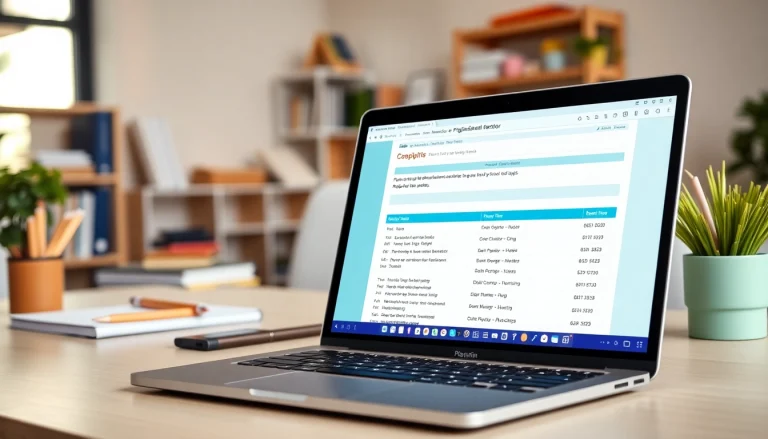Understanding Stress and Its Effects
1. What is Stress?
Stress is a natural reaction of the body to challenges or demands, whether they are physical, emotional, or psychological. This response, often referred to as the “fight or flight” reaction, can be beneficial in short bursts, driving us to meet deadlines or escape danger. However, chronic stress can lead to serious health issues, both mental and physical. Understanding what stress is and how it manifests in our lives is the first step in effectively dealing with stress.
2. Common Causes of Stress
Stressors can be broadly categorized into daily hassles, life changes, and traumatic events. Common causes include:
- Work pressure: High-stakes projects or tight deadlines can cause significant stress.
- Financial difficulties: Economic hardships often lead to anxiety and stress.
- Relationship issues: Conflicts with family, friends, or partners can be significant stressors.
- Health concerns: Chronic illness or health problems can elevate stress levels.
- Life transitions: Events such as moving, graduating, or becoming a parent can introduce uncertainty and stress.
3. Recognizing the Symptoms of Stress
Identifying the signs of stress is crucial for addressing it. Symptoms can be cognitive, emotional, physical, or behavioral:
- Cognitive: Difficulty concentrating, constant worrying, or memory problems.
- Emotional: Feelings of irritability, anxiety, or depression.
- Physical: Headaches, fatigue, sleep disturbances, or changes in appetite.
- Behavioral: Social withdrawal, procrastination, or reliance on substances.
Healthy Strategies for Dealing with Stress
1. Physical Activities to Reduce Stress
Engaging in regular physical activity is one of the most effective strategies for managing stress. Exercise helps to release endorphins, which can boost mood and serve as natural stress relievers. Activities that are particularly beneficial include:
- Aerobic exercises: Activities like running, swimming, or cycling promote cardiovascular health and stimulate endorphin production.
- Yoga: This practice integrates physical movement, meditation, and breathing exercises to foster relaxation and relieve tension.
- Team sports: Engaging with others in sports provides both physical exertion and social interaction, which can enhance mood and decrease stress levels.
2. Mindfulness Techniques and Practices
Mindfulness practices involve focusing on the present moment without judgment. Techniques include:
- Mindful breathing: Concentrating on your breath can help calm the mind and center your thoughts.
- Guided imagery: Visualizing serene settings can reduce stress and promote relaxation.
- Body scan: This practice involves mentally scanning your body for tension and consciously relaxing areas of discomfort.
3. Journaling and Its Benefits
Writing about thoughts and feelings can serve as an emotional outlet. Studies show that expressive writing can help reduce stress and improve emotional well-being. Journaling can help you:
- Process emotions: Writing about feelings can foster understanding and clarity.
- Track stressors: Identifying patterns in stress can lead to better management strategies.
- Set goals: Journaling can aid in organizing thoughts and setting achievable objectives to combat stress.
Guided Stress Management Techniques
1. Breathing Exercises for Immediate Relief
Breathing techniques can offer quick relief from anxiety and stress. Simple methods include:
- Diaphragmatic breathing: Inhale deeply through the nose, allowing the diaphragm to expand, then exhale slowly.
- 4-7-8 technique: Inhale for 4 seconds, hold for 7 seconds, and exhale for 8 seconds for calming effects.
- Pursed lip breathing: Inhale through the nose and exhale slowly through pursed lips, which can aid in lung relaxation.
2. Meditation Practices to Cultivate Calm
Meditation is a powerful tool for stress reduction. Regular practice helps decrease stress hormones and promote emotional health. Strategies include:
- Transcendental meditation: This technique focuses on repetition of a mantra, fostering deep relaxation.
- Sitting meditation: Encourage focusing on the breath or thoughts for a defined period to cultivate mindfulness.
- Walking meditation: Integrating movement with awareness helps combine physical activity and mindfulness.
3. Progressive Muscle Relaxation
This technique involves tensing and then relaxing different muscle groups to promote physical and mental relaxation. Steps include:
- Tighten muscle groups: Start from the toes and work upwards, tensing each muscle for five seconds.
- Release tension: Relax each muscle group after tensioning, noticing the difference in sensation.
- Focus on breathing: Incorporate deep breathing to enhance the relaxation experience.
Building Resilience Against Stress
1. Establishing a Support System
Building and maintaining a strong network of friends and family can significantly buffer against stress. Strategies include:
- Engaging regularly: Schedule regular catch-ups with supportive individuals.
- Joining community groups: Sharing experiences with peers facing similar challenges can reduce feelings of isolation.
- Seeking mentorship: Connecting with mentors can provide guidance and support in difficult times.
2. Time Management and Prioritization
A well-structured schedule helps reduce chaos and stress. Techniques include:
- Prioritizing tasks: Use a priority matrix to differentiate between urgent and important tasks.
- Setting realistic deadlines: Break down projects into manageable parts and allocate ample time.
- Using planners: Physical or digital planners can help organize responsibilities and track progress.
3. Healthy Lifestyle Choices
A holistic approach to health can alleviate stress. Consider incorporating:
- Balanced nutrition: A diet rich in fruits, vegetables, and whole grains supports emotional and physical health.
- Regular sleep patterns: Prioritize 7-9 hours of quality sleep to improve stress management and overall health.
- Avoiding substances: Limiting alcohol and caffeine can stabilize mood and reduce anxiety.
When to Seek Professional Help for Stress
1. Identifying Severe Stress Symptoms
While many stress management techniques can be effective, it’s important to recognize when to seek professional help. Signs include:
- Persistent anxiety: Chronic feelings of anxiety that do not subside.
- Physical distress: Frequent headaches, gastrointestinal issues, or other physical symptoms without a medical cause.
- Impact on daily life: Stress that significantly interferes with work, relationships, or daily activities.
2. Types of Professional Support Available
There are various professional support options, including:
- Psychotherapy: Talk therapy can help identify stressors and develop coping strategies.
- Cognitive-behavioral therapy (CBT): A structured program aimed at changing negative thought patterns and behaviors.
- Support groups: Sharing experiences with others can offer emotional support and practical advice.
3. Resources for Ongoing Stress Management
In addition to professional help, there are numerous resources available for ongoing stress management, such as:
- Books and podcasts: Literature and audio resources on stress management can provide insights and practical strategies.
- Online courses: Training programs focusing on stress reduction, mindfulness, and resilience development.
- Mobile apps: Applications dedicated to stress management and relaxation can help remind you to practice self-care.








